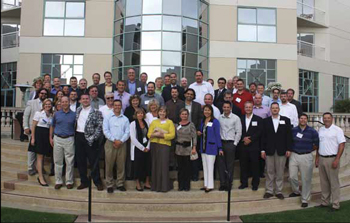Report from the SchoolCIO Technology Summit

Reporting by Judy Salpeter, Kevin Hogan, Ellen Ullman, and Christine Weiser
What impact are virtual and blended solutions having on the way students learn and teachers grow professionally? How have K-12 learning environments changed as a result of cloud computing and ubiquitous mobile technologies? Which emerging technologies, now on R&D labs, will have a dramatic impact on our nation’s classrooms in the next several years? These are the sorts of questions that were addressed at the SchoolCIO Technology Summit in San Diego on June 22 and 23, immediately preceding ISTE’s annual conference.
SchoolCIO’s second summit brought together a hand-picked group of superintendents, CIOs, technology directors, and other senior district administrators to explore the issues and opportunities presented by the rapidly evolving world in which we live.
Thank to our summit sponsors:
The summit began with a visit to the Calit2 research center at the University of California, San Diego (UCSD) where attendees saw demos and participated in virtual reality experiences involving immersive and ultra-high resolution displays with research applications ranging from archeology to astronomy. An opening keynote by Mike Liebhold, a distinguished fellow at the Institute for the Future, which was followed by an idea exchange with UCSD research scientist Tom DeFanti, explored the ways in which broadband communications, mobile and cloud-served supercomputing, and immersive and interactive media are being combined for potentially disruptive changes in classroom instruction and individual learning.
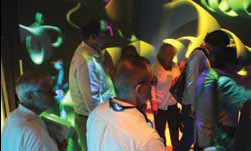





A Saturday morning presentation and panel exchange involving Google’s Jaime Casap and panelists Scott Knuckles (Paso Robles Schools, CA) and Aaron Turpin (Hall County, GA) led off a day of networking that featured small-group meetings and discussions, working groups, and a few opportunities to chat informally and enjoy the San Diego weather.
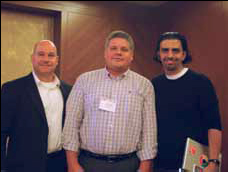
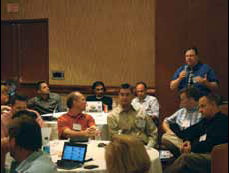
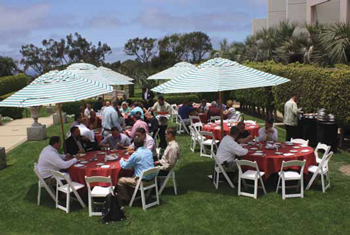
In their working groups, attendees were invited to share their own challenges and success stories in four key areas: mobile computing, virtual and blended learning, technologybased professional development, and cloud computing. Their examples, summaries and “take-aways” are shared on the pages that follow.
Tools and ideas to transform education. Sign up below.
